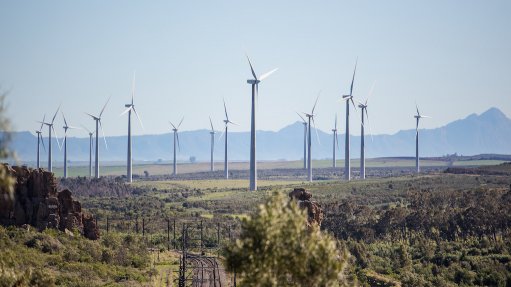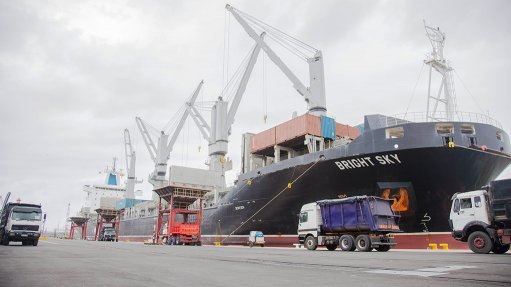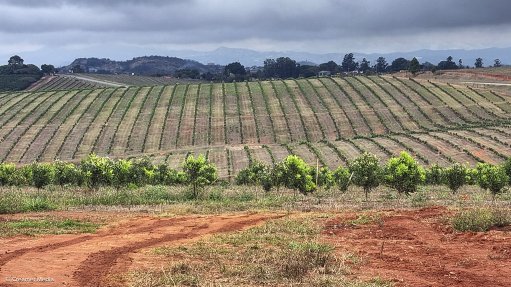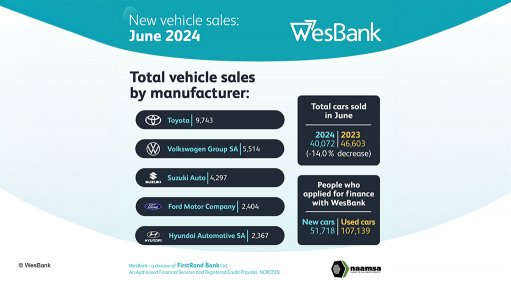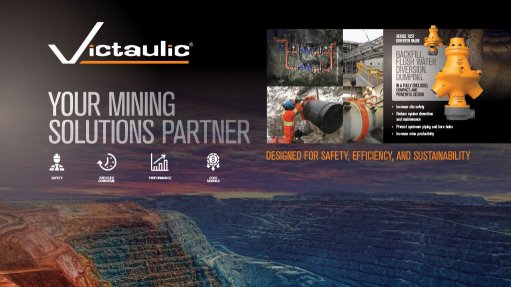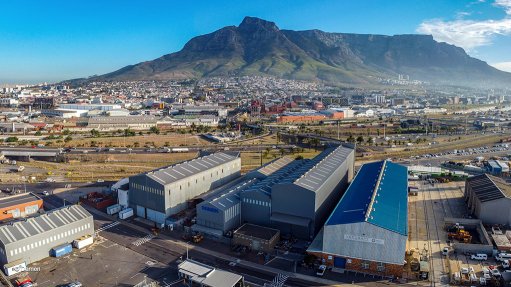Leveraging advances in technology to drive sustainable construction
This article has been supplied by the author and has not been written or solicited by Creamer Media. It may be available only for a limited time on this website.
Morag Evans, CEO of Databuild
Globally, the building and construction industry has been putting more emphasis on using energy-efficient technologies and equipment to reduce carbon emissions and energy consumption in buildings. This has resulted in the integration of renewable energy sources in building designs with solar panels, wind turbines, and even geothermal systems becoming commonplace. Ultimately, the sector has been committing to reducing the environmental impact of buildings and embracing the move towards net zero.
To this end, South African builders have been looking towards using sustainable building materials such as recycled steel, bamboo, reclaimed wood, and eco-friendly concrete alternatives like fly ash or hempcrete. There has also been a concerted effort around adopting water conservation initiatives and reducing waste. For example, low-flow plumbing fixtures, rainwater harvesting systems, and greywater recycling are all gaining momentum locally. Improvements in recycling technologies are seeing the repurposing of construction and demolition materials for other uses.
From a waste reduction perspective, prefabrication and modular construction techniques have helped reduce on-site wastage by allowing building components to be built off-site in controlled environments. These techniques are enabling faster, more resource-efficient building processes. Additive manufacturing technologies, such as 3D printing, are enabling faster fabrication of complex structures using sustainable materials. This allows for precise material placement, optimised designs, and reduced material waste. Furthermore, using hydrophobic additives in concrete to reduce water requirements during mixing, employing waterless construction techniques like dry stacking for masonry walls, and optimising irrigation systems for landscaping all contribute to reducing water usage during the construction phase.
There is also green infrastructure which encompasses a range of nature-based solutions. These include green roofs, permeable pavements, and urban green spaces that can help manage stormwater, improve air quality, and mitigate the urban heat island effect.
Technology usage
Of course, advances in technology have empowered those in the sector to become more efficient. Using real-time monitoring solutions like sensors, meters, and data analytics platforms can assist builders in monitoring water usage and help detect leaks much faster on construction sites. This can lead to significant water savings and cost reductions.
Using digital twins has also been a game-changer. This sees the creation of virtual replicas of physical infrastructure assets. Having such a digital twin means stakeholders can do everything from real-time monitoring, analysis, and optimisation in the construction process. But more than that, they can also simulate different scenarios and performance metrics to identify areas for improvement around energy consumption, water usage, and waste reduction.
Companies are also adopting circular economy principles when it comes to infrastructure development. This is designed to promote the efficient use of resources, reduce wastage, and see construction materials repurposed for other use cases.
Electric innovation
From a logistics perspective, the use of heavy-duty trucks powered by electric motors and batteries instead of traditional internal combustion engines has seen a significant reduction of tailpipe emissions. This also reduces air pollution and greenhouse gas emissions associated with diesel-powered trucks.
Electric motors provide instant torque which means these trucks are well-suited for hauling heavy loads and navigating challenging terrain commonly encountered in construction sites. Electric trucks are also equipped with large-capacity batteries capable of providing sufficient range between charges. Additionally, these batteries usually feature fast-charging capabilities to reduce vehicle downtime.
Many electric trucks come equipped with telematics systems and remote monitoring capabilities. This provides companies with real-time data on vehicle performance, battery status, and charging infrastructure availability. Fleet managers can optimise vehicle usage, schedule maintenance proactively, and ensure the efficient operation of their electric trucks.
There is a myriad of options available to those in the building and construction sector who want to embrace technology and focus on more sustainable practices. Having sight of these and being willing to adopt them are key aspects in the race towards net zero.
Comments
Press Office
Announcements
What's On
Subscribe to improve your user experience...
Option 1 (equivalent of R125 a month):
Receive a weekly copy of Creamer Media's Engineering News & Mining Weekly magazine
(print copy for those in South Africa and e-magazine for those outside of South Africa)
Receive daily email newsletters
Access to full search results
Access archive of magazine back copies
Access to Projects in Progress
Access to ONE Research Report of your choice in PDF format
Option 2 (equivalent of R375 a month):
All benefits from Option 1
PLUS
Access to Creamer Media's Research Channel Africa for ALL Research Reports, in PDF format, on various industrial and mining sectors
including Electricity; Water; Energy Transition; Hydrogen; Roads, Rail and Ports; Coal; Gold; Platinum; Battery Metals; etc.
Already a subscriber?
Forgotten your password?
Receive weekly copy of Creamer Media's Engineering News & Mining Weekly magazine (print copy for those in South Africa and e-magazine for those outside of South Africa)
➕
Recieve daily email newsletters
➕
Access to full search results
➕
Access archive of magazine back copies
➕
Access to Projects in Progress
➕
Access to ONE Research Report of your choice in PDF format
RESEARCH CHANNEL AFRICA
R4500 (equivalent of R375 a month)
SUBSCRIBEAll benefits from Option 1
➕
Access to Creamer Media's Research Channel Africa for ALL Research Reports on various industrial and mining sectors, in PDF format, including on:
Electricity
➕
Water
➕
Energy Transition
➕
Hydrogen
➕
Roads, Rail and Ports
➕
Coal
➕
Gold
➕
Platinum
➕
Battery Metals
➕
etc.
Receive all benefits from Option 1 or Option 2 delivered to numerous people at your company
➕
Multiple User names and Passwords for simultaneous log-ins
➕
Intranet integration access to all in your organisation









